A well-built and fair-sized rib, with a performing and hi-tech motor. What else? Here’s Capelli Tempest 700 and Yamaha F175C.
Even in the fast day-cruising space and practicality are important, and so is a fuel-efficient and generous engine. In other words, let’s sea trial the Capelli Tempest 700 and the Yamaha F175C.
Capelli Tempest 700 e Yamaha F175C: the test
With a bit of disappointment the lake Iseo – where my package is ready to be tested – is calm, and will not be able to stress the seaworthiness of Tempest 700, but will allow to highlight the power of the Yamaha F175C. So, once verified that this rib can’t get into trouble even with the most extreme maneuvers (the ones a daily boater would never do, except by mistake), I try to create some waves in order to test the hull’s behavior on close, sharp waves. And it’s useless, because the Tempest is precise and soft at every turn: the chopped sea will not frighten him.

I then focus on the performance of the engine, comparing them with a test by the Japanese engineers. We mount a Reliance 14 1/4 x 17″, while in the other test it was a 14 1/2 x 17″. I do not know if this is the cause of the better performance I read: 40.3 knots versus 39.2, respectively at 5800 rpm instead of 5600, and that’s exactly the 200 revs that make the difference, because all the other data is equivalent. For sure fuel consumption remains at reasonable levels at every pace and not just at the planing limit, which is 2400 rpm and 10 knots for 10.8 liters per hour. Still, performance is strong with 4 seconds to plane and 10 to reach 30 knots.
Capelli Tempest 700 and Yamaha F175C in three points
We’ve said already of Yamaha F150 and F175 engines, so let’s focus on the boat.
- The layout is conventional but perfectly executed: good materials, fine craftsmanship and great possibilities to develop spaces: aft, you can create a dinette with a few moves, while to bow the whole area can become a big solarium, complete with lockers.
- A glance to the accessories: I don’t like much the S/S roll-bar, while teak inserts to stern are elegant and there’s many handles for the safety of passengers. I notice the lack of a barbecue cabinet; on the other hand the bow pulpit is good for getting in and out, for diving and for concealing the anchor windlass.
- The dashboard is an example of rationality and simplicity, also thanks to the multi-function Simrad tool I’m gonna describe in a while. The windshield is protective thanks to its generous size (even too much), while the stainless steel frame is always handy.
Simrad GO7 XSE can do everything
Reading the performance of the Yamaha F175C is just one of the features of this stand-alone chartplotter / fishfinder, which is a compact and user friendly display. Equipped with all the latest nautical technologies, the GO7 XSE has a bright multitouch screen, 10Hz internal GPS receiver, StructureScan HD and CHIRP Sonar, autopilot integration / control, engine data monitoring, full integration with the SonicHub2 audio entertainment system, integrated wireless connectivity and the new and powerful Simrad TripIntel board computer. The unique feature of GO7 XSE is the Cruise Charting page that combines basic navigation data and maps into a single easy-to-read display, while the new TripIntel technology traces and displays the key information needed to plan a safe and fun day at sea. Anglers can take advantage of the built-in sonar by simply adding a suitable transducer to accurately locate the shoals in real time. All the data collected during the test is its merit.
The numbers of Yamaha F175C and Capelli Tempest 700
- Engine type 4 strokes, 4 cylinders
- Valves 16 valves DOHC
- Displacement 2785 cc (170 ci)
- Power 175 HP (129 Kw) at 5500 rpm
- Final ratio 1.86 (26/14)
- Injection EFI
- Ignition Microcomputer TCI
- Lubrication wet sump
- Oil tank 4.5 l
- Alternator 12 V – 50A
- Starter electric, with Prime Start
- Dry weight with prop 226 Kg
- Length overall 7.15 m (23ft 5in)
- Beam 2.85 m (9ft 4in)
- Tubular materia hypalon neoprene Orca 1670 dtex
- Displacement 1050 Kg
- Max output 225 HP
- Fuel reserve 220 l (58 US gal)
- Fresh water reserve (optional) 45 l (11 US gal)
- Passengers 16
- CE design category C
Performance
- rpm knots mph lph nm/l range* dB
- 700 3,1 3,6 2 1,55 273 58
- 1000 4,3 4,9 3,4 1,26 223 63
- 1500 6,0 6,9 5,2 1,15 203 66
- 2000 7,8 9,0 8,7 0,90 158 68
- 2500 11,0 12,7 12 0,92 161 72
- 3000 17,0 19,6 16 1,06 187 74
- 3500 22,0 25,3 21 1,05 184 79
- 4000 27,0 31,1 27 1,00 176 77
- 4500 30,0 34,5 34 0,88 155 79
- 5000 35,0 40,3 49 0,71 126 80
- 5500 38,0 43,7 60 0,63 111 81
- 5800 40,0 46,0 62 0,65 114 81
* (20% reserve)
Test conditions
- Calm lake, clean hull, fuel 90 l (23 US gal), no fresh water, 2 passengers
Indicative price (VAT not included)
- Package Tempest + Yamaha F175C € 40650
- Package Tempest + Yamaha F175C as tested € 44230
- Yamaha F175C motor € 16060
- Simrad GO7 XSE € 699







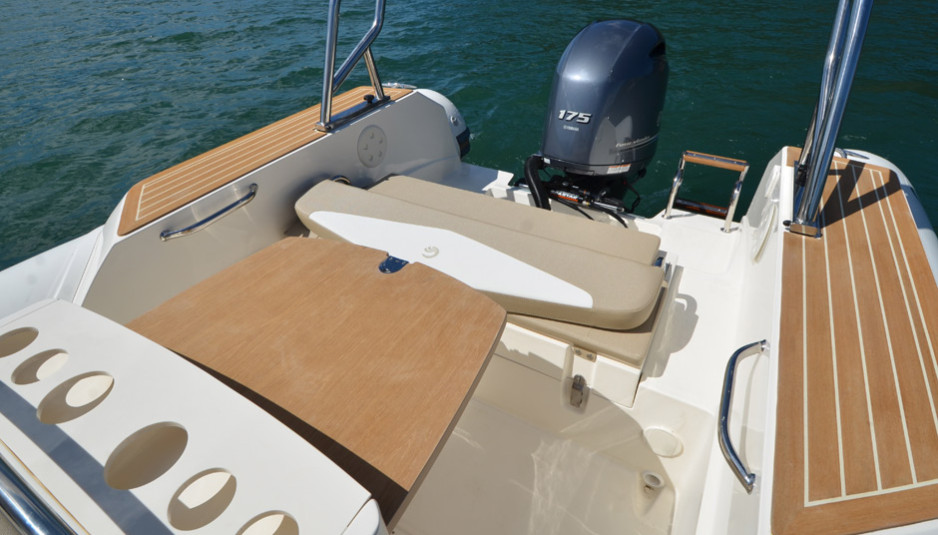







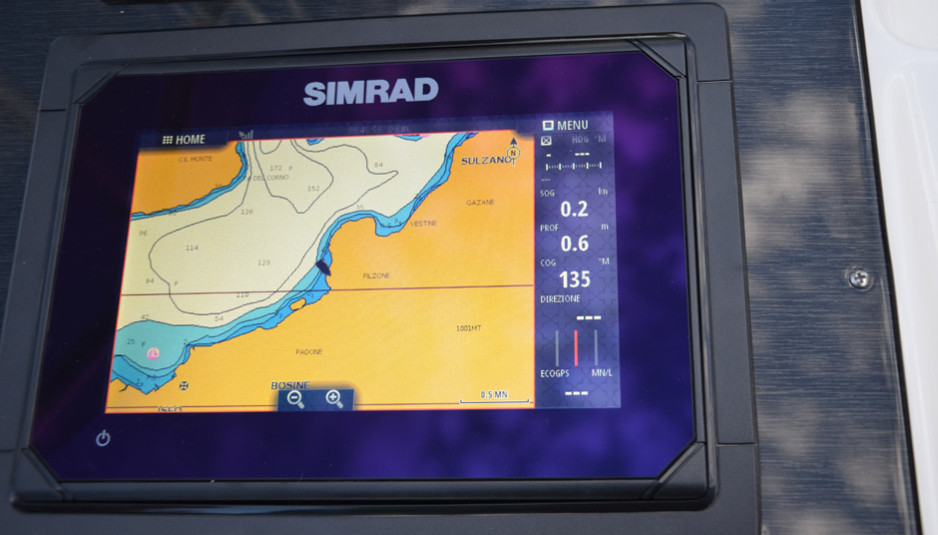

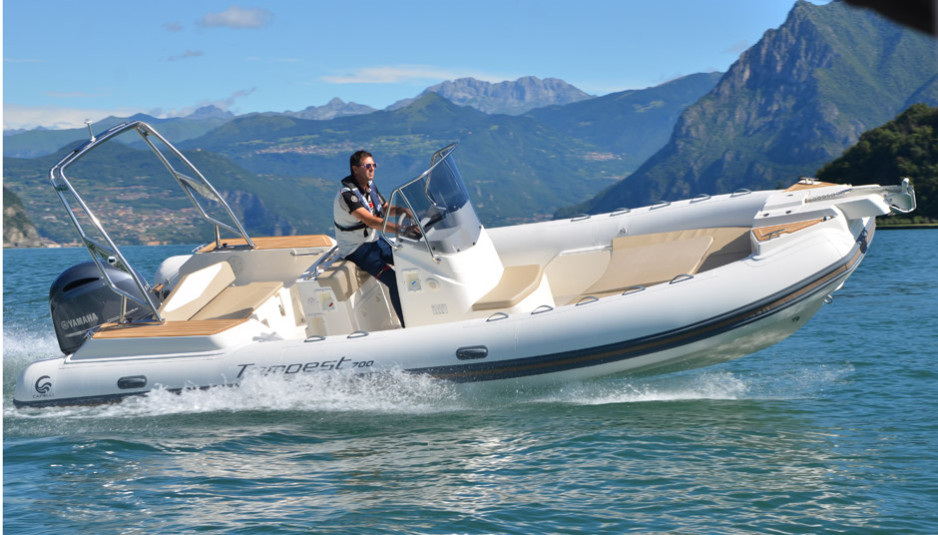







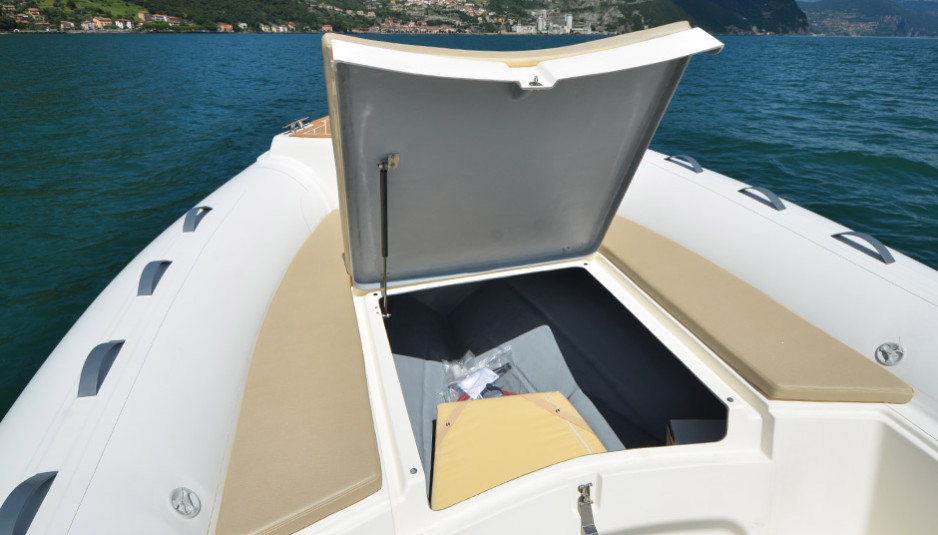





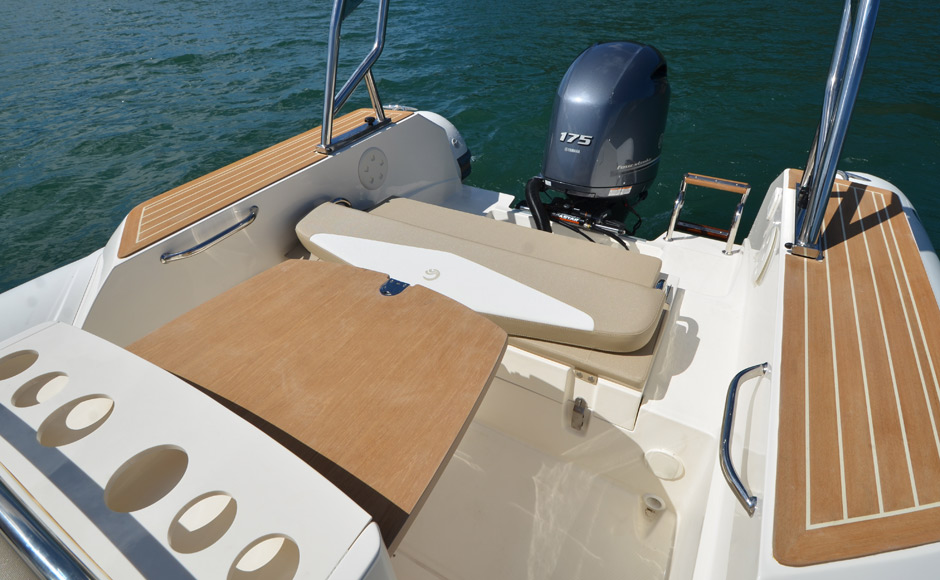




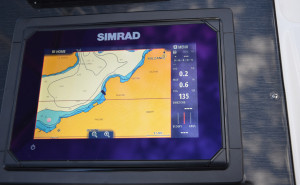
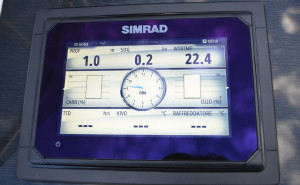





Follow Us
1251 Fans